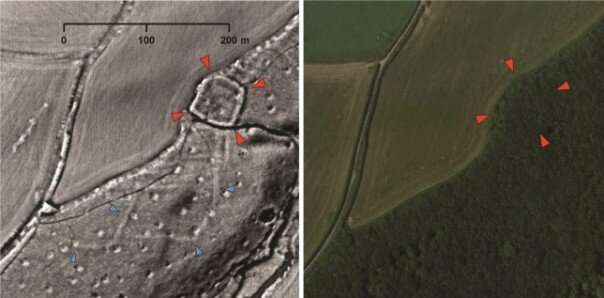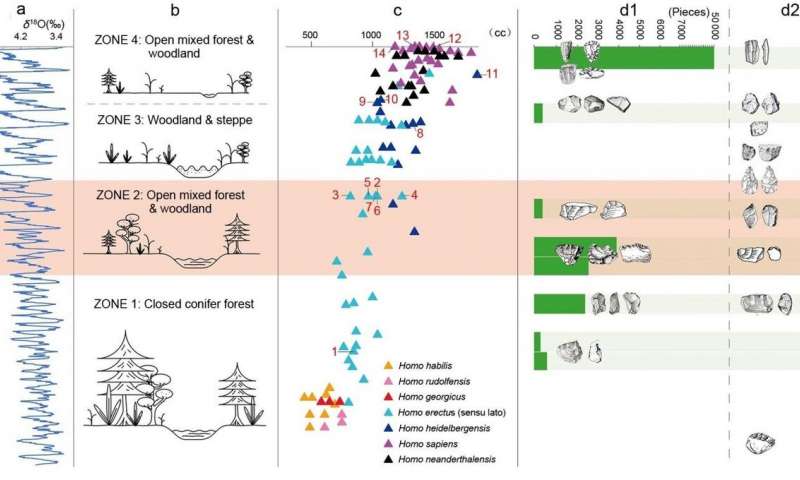The law of unexpected consequences strikes again – providing a silver lining. At https://phys.org/news/2020-05-dozens-prehistoric-roman-medieval-sites.html … Exeter University has got local archaeologists, mostly amateur, to look at LiDAR data during lockdown. They have discovered a lot of new archaeology that the professionals will have on their to do list once the lockdown ends. It includes two sections of Roman road, 30 large embanked settlement enclosures, and 20 prehistoric burial mounds, and hundreds of medieval farms, field systems and quarries.

At https://phys.org/news/2020-05-early-humans-china-technology-climate.html … early humans in China innovated tool technology to adapt to climate change – one million years ago. This concerns early stone using people such as Homo erectus. People living in the Nihewan Basin region during the Mid Pleistocene Climate Transition (dated from 1.2 million to 700,000 years ago. Rather a long climate transition – but how is it dated? Clear evidence of innovation in the tool repertoire was discovered as the Transition period embraced climate change such as drier weather as a result of a switch in the monsoon track. Or, that is the interpretation – using modern weather patterns. We are told there is also evidence of landscape change and mammal extinctions at this time.

